How to Disable Google Smart Lock on Android and Chrome
If you fear unauthorized access to your phone and all your account passwords at risk, here are 4 tried and tested ways how to disable Google smart lock on Android and Chrome.
One of Google’s most convenient features is saving all your account passwords to your Google account, called Google Smart Lock. And while it is really helpful for people who tend to forget their passwords all the time, this feature is kind of risky. Anyone using your Android device or laptop can easily access all your passwords and accounts!
Therefore, if multiple people use your devices, let’s say your siblings or friends, you can always disable Google Smart Lock. In this article, we have discussed 4 ways how to disable Google Smart Lock, and as a bonus, we have gone through the steps of unlocking your Android lock screen.
Bonus Tip: Here are some other tips you may be interested in.
What Is Google Smart Lock?
Google Smart Lock is a handy feature by Google that saves all your account passwords and syncs them with your Google account. Therefore, whenever you access a website or app you frequently use, Google Smart Lock will automatically fill in the login ID and password for smooth access.
This feature is beneficial for people who use multiple apps and need help remembering their login credentials. You no longer have to keep track of your accounts and passwords, as Google does it for you! But it is so beneficial; why should we disable it? The following are the reasons.
Why Disable Google Smart Lock?
While we do not deny the usefulness of Google Smart Lock, it can sometimes result in a privacy breach. How? If someone uses your laptop or Android device, they can easily access your accounts and see all your passwords by going to the “Manage Passwords” option from “Settings.” Moreover, if someone hacks your Google account, they’ll have access to ALL the accounts and passwords synced with it.
Therefore, if you want to keep your privacy intact, you can always disable Google Smart Lock. Below are 4 different ways to do so.
How to Disable Google Smart Lock on Android
If you want to disable Google Smart Lock on your Android device, you can do so via Chrome. It is the most straightforward way to do so. As some users may wonder about the detailed steps, here we will give your a step-by-step guide.
Step 1. Launch Chrome on your Android device, and tap on the 3 dots in the upper-right corner.
Step 2. Tap on “Settings > Passwords” and turn the toggle off for “Offer to Save Passwords” and “Auto Sign-In.”
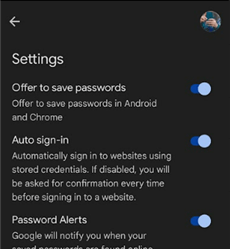
Turn off Offer to Save Passwords
How to Remove Smart Lock in Android Settings
If you own an Android device, you must be aware of the Smart Lock feature for Android. This feature keeps your device unlocked in trusted places or when you’re holding it, saving you the trouble of entering your PIN, password, or pattern every time you use your phone.
However, if the Smart Lock feature is enabled and someone else is holding your device, the on-body detection feature won’t be able to differentiate whether it’s you or someone else holding the phone. As a result, it will unlock and give unauthorized access to the person.
To avoid such a scenario, it’s better to remove the smart lock on your Android device. Here’s how:
- Go to “Settings > Security.”
- Click “Trusted Agents > Turn the toggle off for Smart Lock.
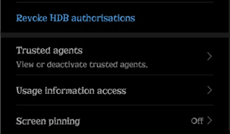
Click Trusted Agents
How to Disable Google Smart Lock on Chrome
If you don’t have Chrome on your device, you can also disable Google Smart Lock on your Chrome browser from your PC. But the steps may be a little different on the browser. Just follow the steps below to disable Google Smart Lock now.
Step 1. Launch Chrome and click on the 3 dots in the upper-right corner.
Step 2. Go to “Settings > Autofill > Password Manager.”
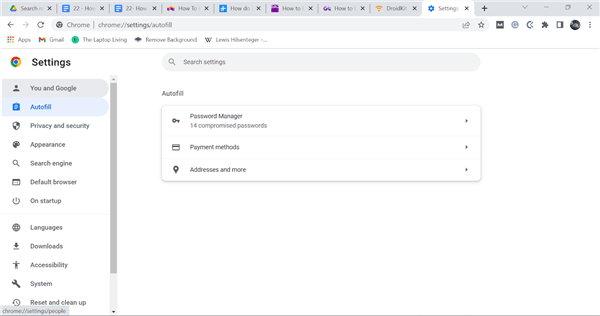
Choose Autofill and Click Password Manager
Step 3. Turn the toggle off for “Offer to Save Passwords” and “Auto Sign-In.”
How to Remove an Account from Google Smart Lock
Now that you have disabled Google Smart Lock from your Android and Chrome, what to do with the accounts and passwords that are already saved? Easy! You simply remove them!
Step 1. Launch Chrome and click on the 3 dots in the upper-right corner.
Step 2. Go to “Settings > Autofill > Password Manager.”
Step 3. Under the “Saved Passwords” section, you will see a list of all the websites and your account details. Click on the 3 dots next to each website and click “Remove.”
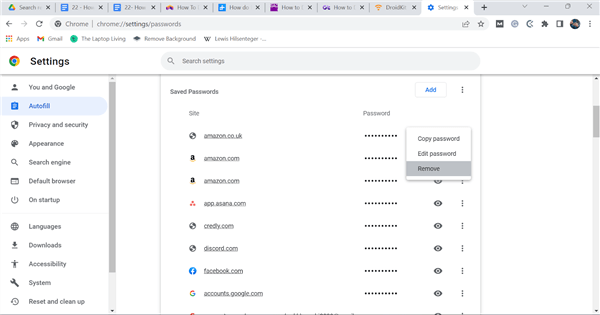
Click on the 3 Dots and Then Click Remove
Step 4. You can do the same for your saved payment methods and addresses.
Bonus Tip: How to Unlock Android Screen Lock
It is quite common to forget your Android smartphone’s screen lock PIN, password, or pattern. And, if you can’t seem to find any way to unlock it, you can resort to using a professional screen lock unlocker, like DroidKit – Android Phone Toolkit.
DroidKit is an all-in-one solution for Android devices, helping users quickly solve various common Android problems, including unlocking Android screen, recovering lost/deleted data, retrieving WhatsApp data, repairing Android OS problems, bypassing FRP/Google account, and more. Therefore, with this tool, you will never be locked out of your Android device due to a forgotten password again. Just keep reading and learn more about the key features of DroidKit!
Free Download * 100% Clean & Safe
- Unlocker for all screen locks – PIN, Face ID, fingerprint, pattern, PIN, etc. All Android screen lock types are included.
- No need for skills and waiting – DroidKit simplifies the complexity so that you only need to click the buttons to unlock your device. Only in a few minutes!
- No Root – This tool breaks through the limitation and makes unlocking Android no longer require rooting the phone. Protect device security and your privacy to the greatest extent.
- Support all devices – It works well on all Android phones and tablets, such as Samsung, LG, Huawei, Xiaomi, Google Pixel, etc.
So, if you are locked out of your Android device and want to unlock the screen, just free download DroidKit and follow these steps below.
Step 1. Launch DroidKit and select Screen Unlocker from the main interface.

Choose Screen Unlocker
Step 2. Connect your Android smartphone to your PC using a USB-C cable, and click Start. DroidKit will detect your device and prepare a device configuration file for it.
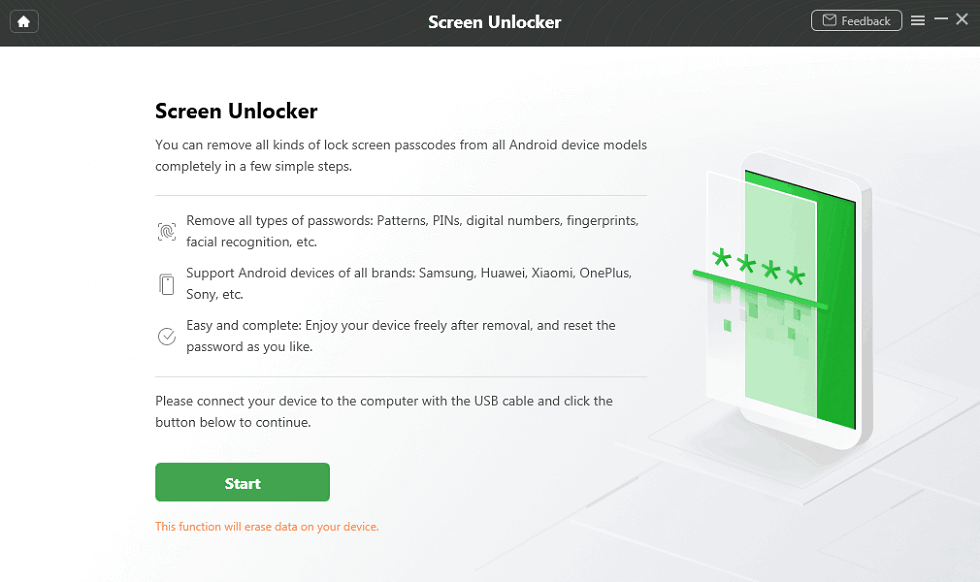
Connect Your Android Device
Step 3. Next, you will get a prompt to remove the screen lock. Click Remove Now to continue.
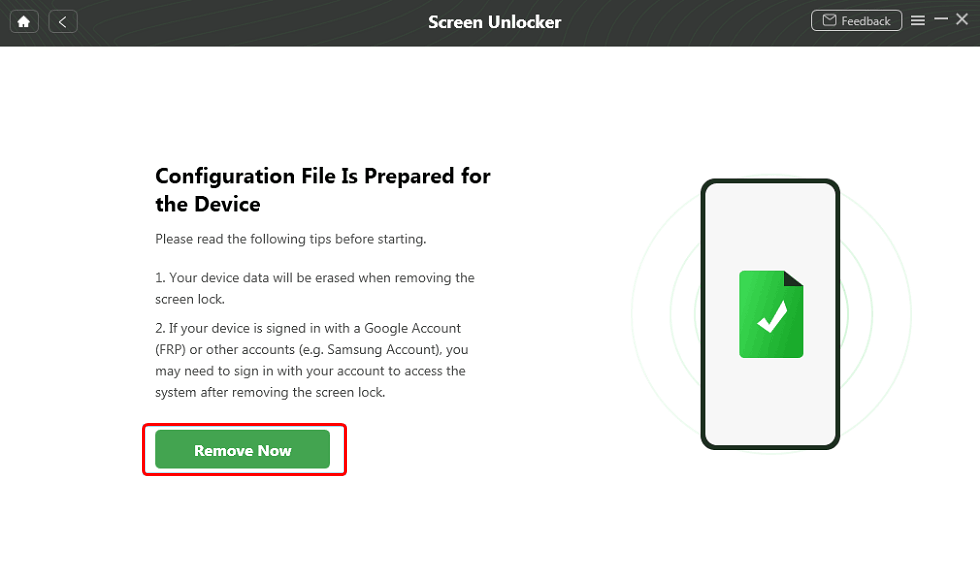
Click Remove Now Button
Step 4. Follow the on-screen instructions to put your phone in Recovery Mode for the screen unlocking process to initiate.
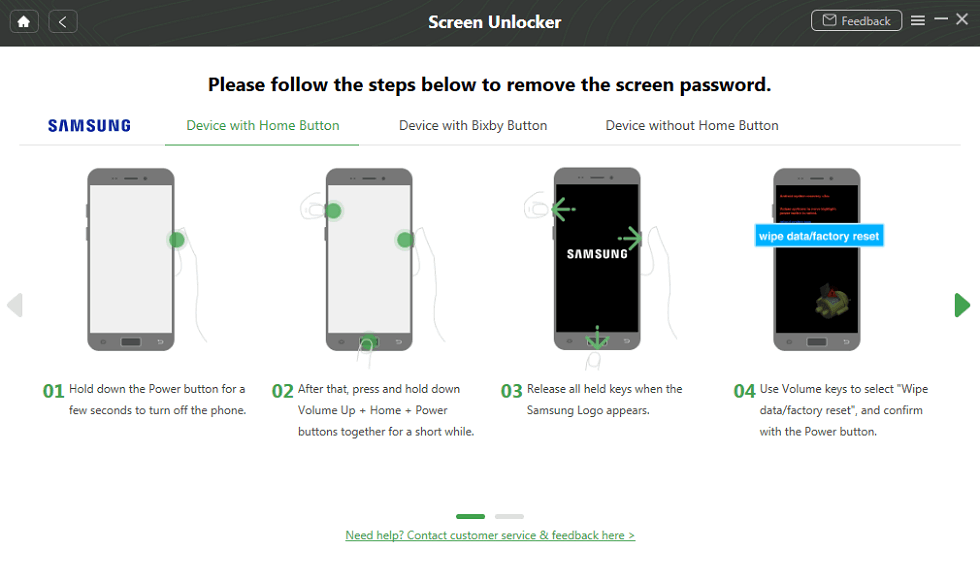
Finish Settings on Samsung
Step 5. Once in recovery mode, DroidKit will start removing your device’s screen lock. This process might take a few minutes; therefore, don’t unplug your device.
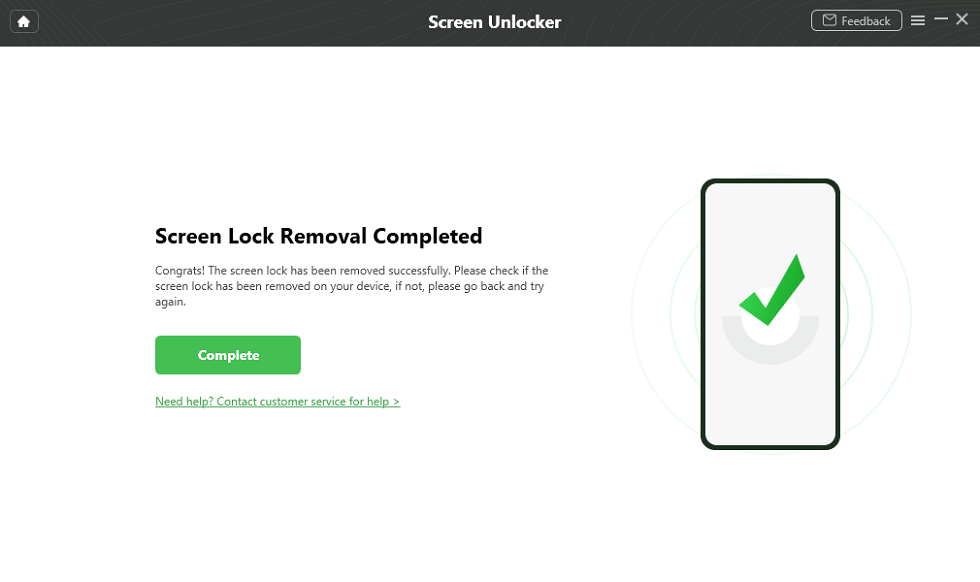
Lock Screen Removal Completed
Please note that the Screen Unlocker option in DroidKit might erase all the data from your device; therefore, proceed only if you have it backed up.
The Bottom Line
If you find it difficult to remember all your accounts and passwords for different websites and apps, Google Smart Lock might be the solution you’ve been looking for. However, saving all your passwords in one account might be risky. We have put together 4 ways for Google Smart Lock removal to help you keep your privacy and information secure. And we also recommend an Android Unlocker – DroidKit for you, if you forget your screen password and need a tool to unlock it. Don’t forget to share your thoughts in the comments.
Free Download * 100% Clean & Safe
Product-related questions? Contact Our Support Team to Get Quick Solution >

